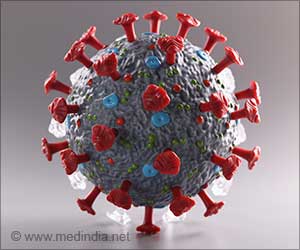To study rhythmic interactions of the clock proteins in real-time and understand their interactions & control over gene expression, the present study
“Reconstituting a complicated biological process like the circadian clock from the ground up has really helped us learn how the clock proteins work together and will enable a much deeper understanding of circadian rhythms,” says Carrie Partch, professor of chemistry and biochemistry at UC Santa Cruz and a corresponding author of the study.
Circadian Clock Mechanism
The study found that the molecular details of circadian clocks are remarkably similar from cyanobacteria to humans. The team validated their clock experiments even in living cells.
The study moreover found that in addition to the oscillator proteins of the clock (KaiA, KaiB, and KaiC), two other kinase proteins (SasA and CikA) were also identified to interact with the oscillator, as well as a DNA-binding protein (RpaA) and its DNA target.
“These results were so surprising because it is common to have results in vitro that are somewhat inconsistent with what is observed in vivo. The interior of live cells is highly complex, in stark contrast to the much simpler conditions in vitro,” says Andy LiWang, professor of chemistry and biochemistry at UC Merced and a corresponding author of the paper.
The study thus provides greater insights into the working of the circadian clock and its time-keeping mechanism.
Source: Medindia



